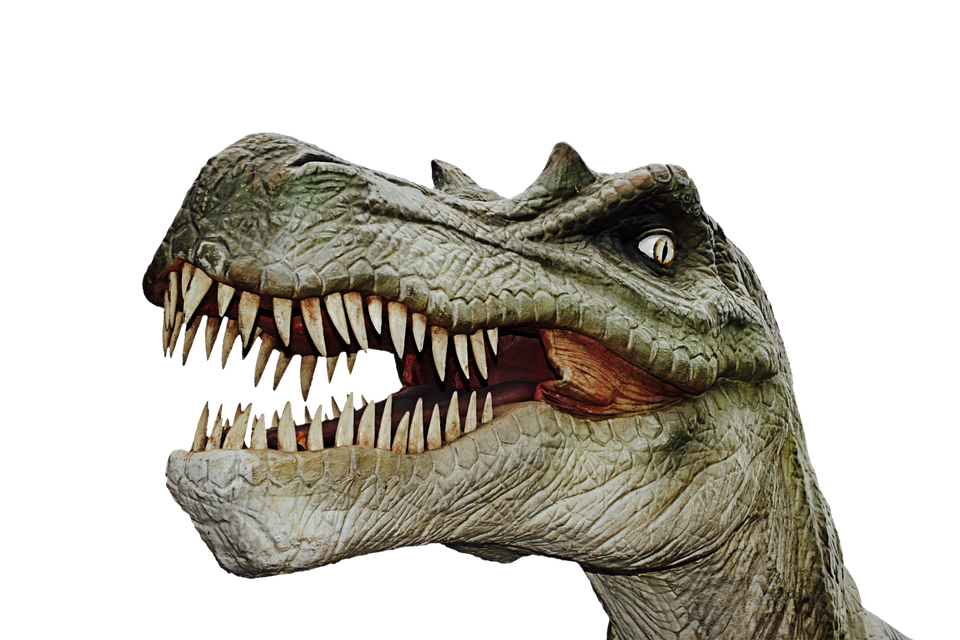Romance has been a staple of cinema since the earliest days of film. Over the years, the portrayal of romantic relationships on screen has evolved dramatically, reflecting shifting attitudes towards love, gender roles, and sexuality. From the classic Hollywood era to the modern-day, the evolution of romance in cinema has been marked by both continuity and change.
The Classic Hollywood Era (1920s-1960s)
During the classic Hollywood era, romantic films tended to adhere to a strict formula. They featured attractive, heterosexual couples who fell in love against a backdrop of glamour and luxury. The characters were often one-dimensional, with the heroine portrayed as innocent and virtuous, and the hero as strong and decisive.
Films like “Casablanca” and “Gone with the Wind” epitomized this golden age of Hollywood romance. These movies showcased sweeping emotional drama, courtship rituals, and a focus on the heterosexual nuclear family. In many ways, these films were a reflection of the dominant cultural values of the time.
However, classic Hollywood romance films also presented a very limited view of love. They rarely depicted anything beyond the conventional romantic narrative- boy meets girl, sparks fly, and they live happily ever after. And the stories almost always prioritized the male character’s desires and perspectives over the female character’s.
The New Wave of Romance (1960s-1980s)
With the rise of the counterculture movements of the 60s and 70s, cinema began to reflect a new, more diverse vision of love and romance. Films like “Bonnie and Clyde” and “The Graduate” challenged the traditional Hollywood formula, presenting anti-heroes who were flawed, complex, and unconventional.
This new wave of romance celebrated authenticity, intimacy, and individualism. It presented a more nuanced and complicated view of love, one that was less idealized and more realistic. The characters in these films struggled with issues such as infidelity, identity, and disillusionment, making them more relatable to audiences.
At the same time, the feminist movement was challenging traditional gender roles, helping to pave the way for more complex and independent female characters in cinema. Female characters began to be depicted as having their own goals, motivations, and desires, rather than simply serving as the love interest for the male protagonist.
The Modern Era (1990s-present)
In the modern era, romance in cinema has continued to evolve, reflecting the changing mores and attitudes of society. Films like “Before Sunrise” and “Eternal Sunshine of the Spotless Mind” have challenged traditional Hollywood notions of romance, depicting non-traditional relationships, non-linear storytelling, and experimental techniques.
As society becomes more open-minded and accepting of diversity in sexuality and gender, cinema has responded with films like “Brokeback Mountain” and “Moonlight” which explore the complexities of same-sex relationships. Female characters have continued to become more empowered and multidimensional, with movies like “Thelma and Louise” and “The Hunger Games” depicting women as protagonists in their own right.
The rise of independent cinema has also allowed for a wider variety of romantic narratives to be explored. Romance is now being depicted in a more authentic and nuanced way, with films like “Blue Valentine” and “Her” offering a raw and intense portrayal of love and relationships.
Conclusion
The evolution of romance in cinema has been marked by both continuity and change. While the classic Hollywood narrative continues to shape many films, there has been a steady move towards more diverse and complex portrayals of love, gender, and sexuality. As society continues to evolve, it seems likely that the portrayal of romance on screen will continue to reflect these changes. Whether that means more unconventional relationships, more nuanced gender dynamics, or simply more diverse narratives, the future of romantic cinema is sure to be an exciting one.
